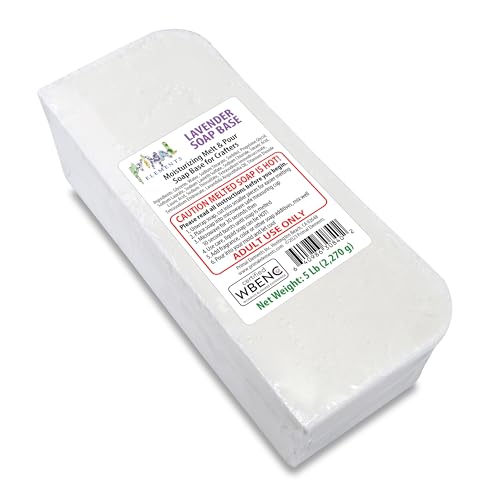chibi-soap
Well-Known Member
- Joined
- Jan 13, 2017
- Messages
- 67
- Reaction score
- 26
Hi,
I made some soap before christmas which we really like,
4% Avocado OIl
15% CO
15% Lard
8% Macadmia
58% OO
But I'd like a harder, bubblier soap and after playing about with soap calc I came up with
80%lard
5% castor oil
15% CO
Soapcalc says Hardness 45, Cleansing 11, Condition 48, Bubbly 15, Creamy 39
Compared
with the original Hardness 30, Cleansing 10, Condition 65, Bubbly 10, Creamy 20
So I've lost some conditioning, but gained on everything else. Is there something I'm missing. Some reason experienced people wouldn't make a soap with just those three ingredients?
I made some soap before christmas which we really like,
4% Avocado OIl
15% CO
15% Lard
8% Macadmia
58% OO
But I'd like a harder, bubblier soap and after playing about with soap calc I came up with
80%lard
5% castor oil
15% CO
Soapcalc says Hardness 45, Cleansing 11, Condition 48, Bubbly 15, Creamy 39
Compared
with the original Hardness 30, Cleansing 10, Condition 65, Bubbly 10, Creamy 20
So I've lost some conditioning, but gained on everything else. Is there something I'm missing. Some reason experienced people wouldn't make a soap with just those three ingredients?
















































